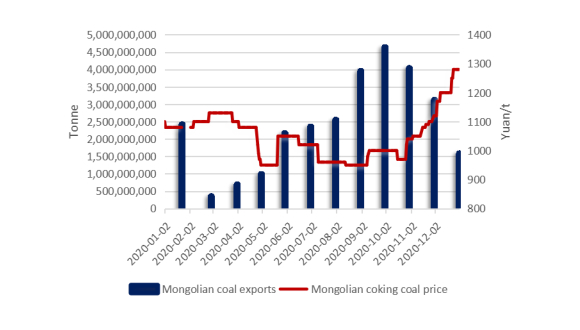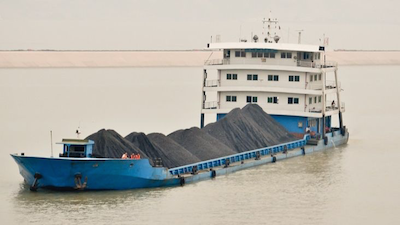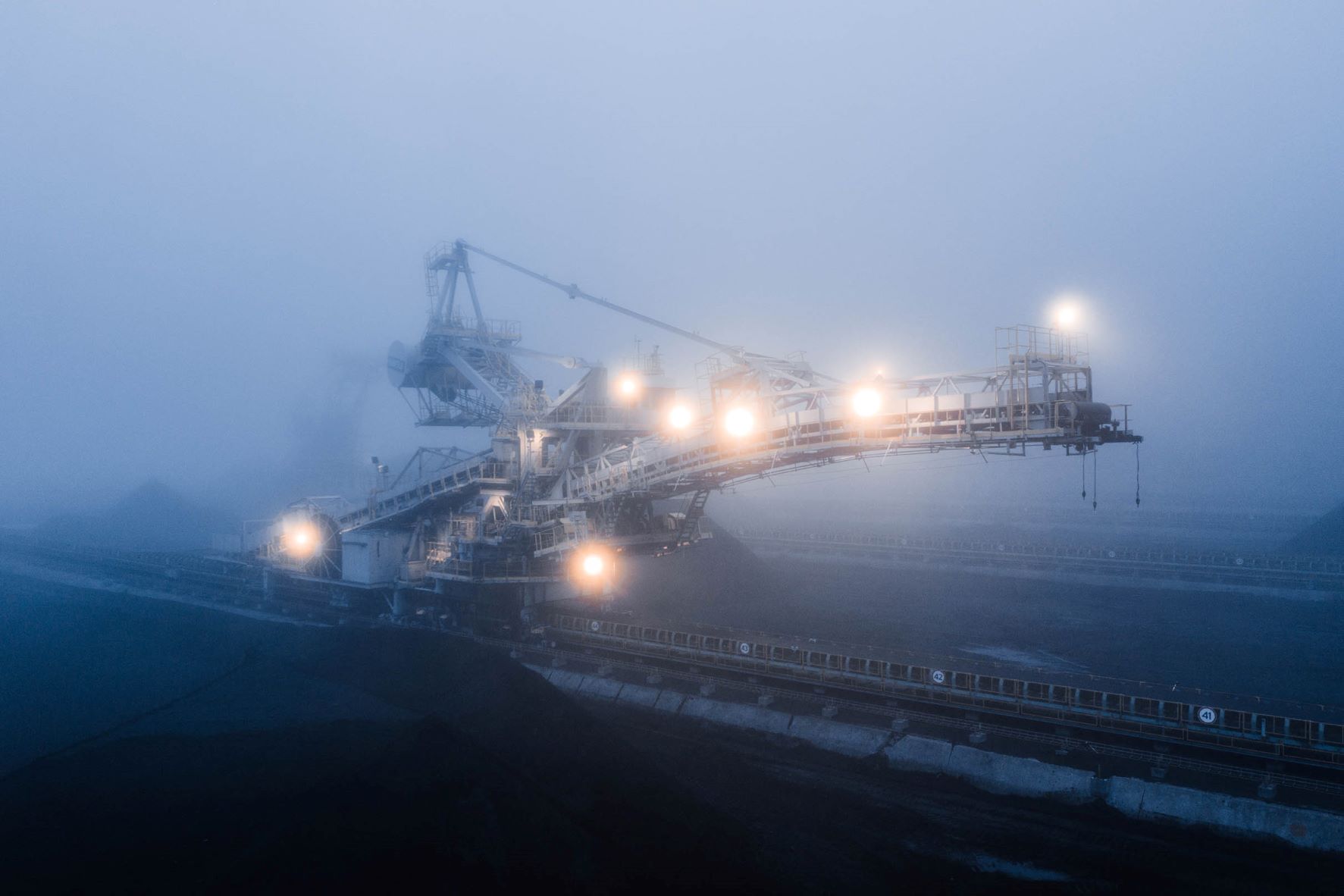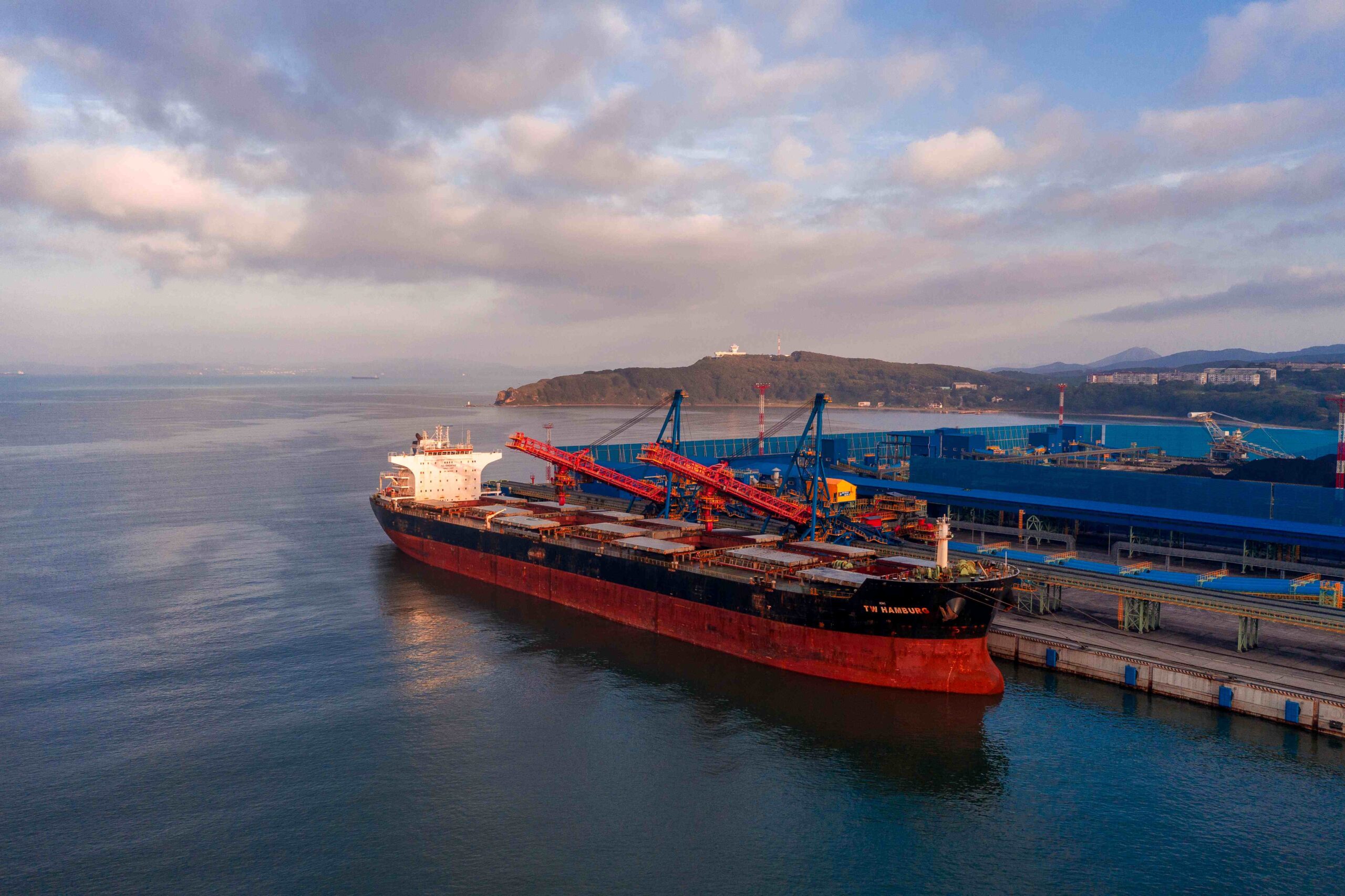
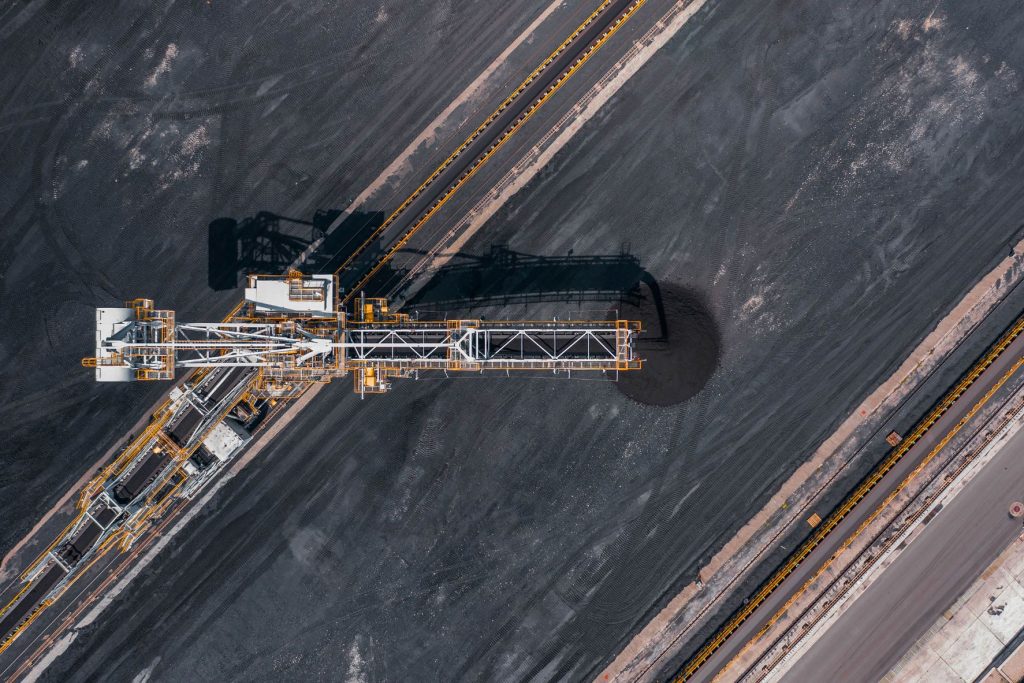
Last week showed a mixed trading on the European coal market. The initial strengthening of prices up to 415 USD/t was supported by the growth of water level in the Rhine, that enabled to partially remove logistical restrictions on coal transportation to German power plants, while opening an opportunity for new supplies to ARA ports. In addition, Gazprom announced the termination of gas supplies via NS-1 in late August due to unforeseen repair works, which in turn spurred an increase in gas and electricity prices. The subsequent rollback in gas quotations contributed to the correction of coal indices below 380 USD/t. ARA stocks were held at historic highs of about 8.5 mio t.
South African 6000 index fell below 355 USD/t. Russian material significantly displaced South African coal on Indian market of hot-briquetted iron. According to the iron producers, it takes 0.62 t of High-CV Russian coal to produce 1 ton of product, compared to 0.82 t of South African material, while mixing Russian coal with domestic material in the 9:1 ratio gives a composition similar to South African 5500 coal. At the same time, prices for Russian material 6000 are at the level of 190 USD/t CFR (ports Paradip, Haldia), compared to 240 USD/t for South-African 5500 FOB Richards Bay.
In China spot prices for 5500 NAR at the port of Qinhuangdao firmed up to 174 USD/t. In several central and southeastern regions of the country the demand for electricity for conditioning remains high, driven by the abnormal heat, while in the northern regions heavy rains continue to limit coal production. Growing industrial activity also supports Chinese quotes.
Indonesian 5900 GAR climbed to 179 USD/t. Since mid-September Indonesian government increases mineral extraction tax (MET) for a number of mining companies, which together produce 30-40% of the overall coal output of the country. Currently MET is 3-7%, depending on the calorific value of coal. The new model will be linked to the Indonesian HBA benchmark, which includes the price of High-CV Australian material. Given the different nature of price movements for Indonesian and Australian coal, the new rules could lead to a situation where Indonesian producers start to incur losses.
Australian 6000 thermal coal prices continued to strengthen above 445 USD/t on the strong demand from the Asia-Pacific countries, including South Korea and Japan, on the back of hot weather as well as the start of preparations for the upcoming winter period. In addition, the supply is constrained, following the aftermath of the recent floods in Queensland.
Australian metallurgical coal indices surged above 275 USD/t, owing to the partial shift of metallurgical material volumes to steam coal market, as well as ongoing demand from Japanese consumers, refusing to import Russian coal. Overall, the steel market is under pressure caused by the expected recession in the global economy and high power prices, that is confirmed by weak demand from steel producers.
Source: CAA










